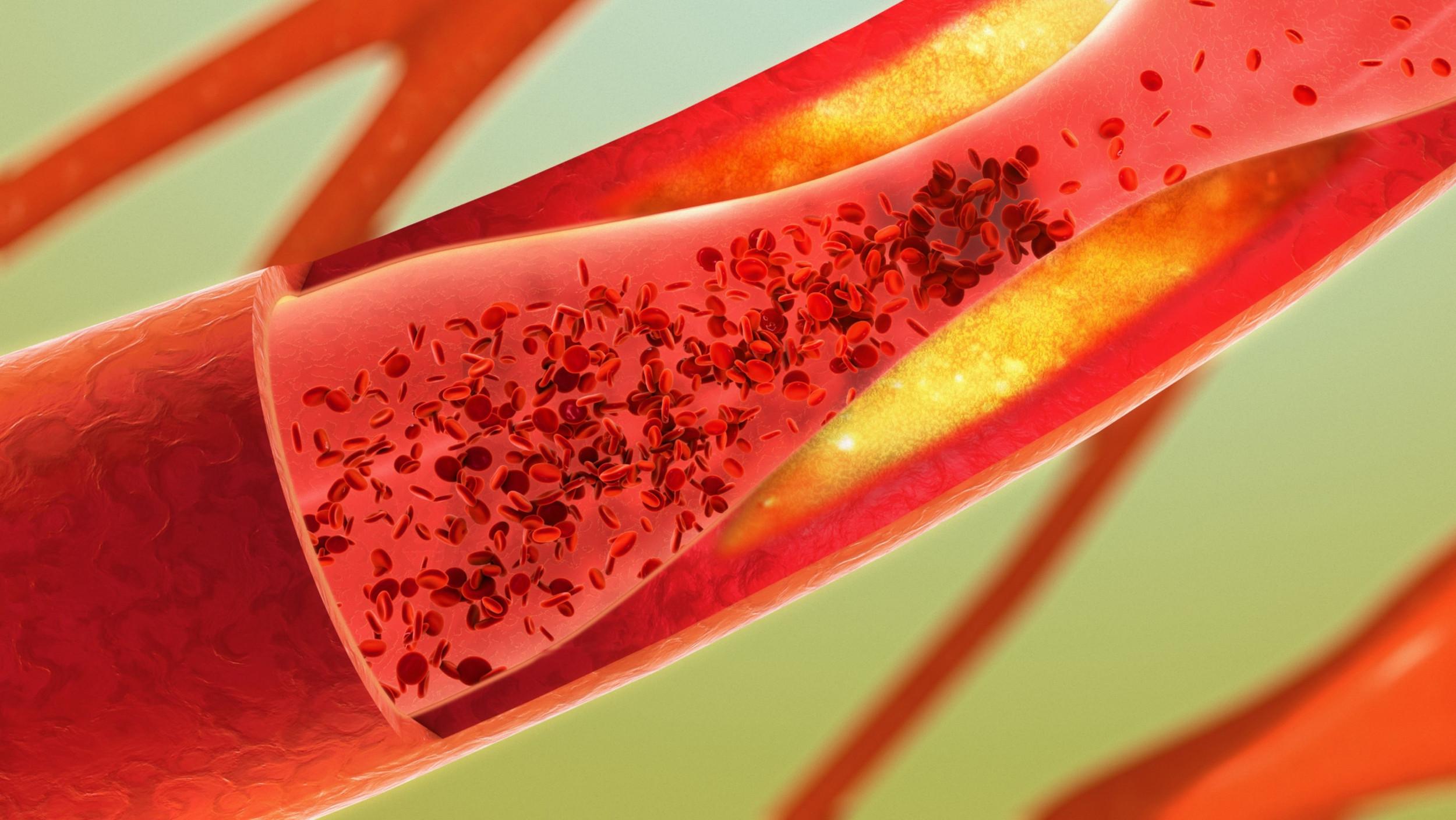
Recommendation | Potential Risk |
| Tube filling order: Before filling citrate tube, discard the first tube (neutral or citrate). Citrate tube: before tubes with additives. | Sample contamination; Sample dilution (excess CaCl2-Citratre binding)⁹. |
Recommendation | Potential Risk |
| Room temperature (15 – 25 °C): should be maintained. Keep the tube vertical during transport. Prohibits transport on ice or refrigerate transport (2°C - 8°C). | False results: activation of some coagulation factors. |
Reccomendation | Potential Risk |
| Fresh sample: Room temperature (15 – 25 °C)¹³ = 4 hours for most tests. NOTE: this specification is true for most routine tests, for details per parameter, refer to GFHT ². | False results: activation of some coagulation factors. |
Reccomendation | Potential Risk |
| Centrifugation Standard recommendation: 1500 g, 15 minutes. Centrifugal conditions must be established and validated by the laboratory. Maximum time for centrifugation after sampling is 2 hours. Room temperature (15 – 25 °C)¹³. “Rapid centrifugation“ may be used (higher speed, shorter duration) under lab validation. | False results due to contamination by phospholipid from platelets; False results;
FVII activation, platelet disruption, loss of coagulation components, Hemolysis¹.
False results due to the release of phospholipid. |
| Double centrifugation recommended before freezing. Transfer the plasma to a non-activating plastic centrifuge tube using a plastic pipette, then re-centrifuging the sample for an additional 10 minutes. When transferring to a secondary tube, take care to not include any residual platelets that may have collected at the bottom of the centrifuge tube. | |
Storage (depending on the parameter) NOTE: these specifications are true for most of tests, for details per parameter, refer to GFHT². Defreezing must be done at 37°C in bain-marie during 5 to 10 minutes maximum1. |
Recommendation | Potential Risk |
| Avoid clotted samples. Check samples for Hemolysis, lipid and icterus. | Coagulation activation⁴ ⁶ ⁷ (micro clots could be not visible); False results. |
1 – Clinical Laboratory Standard Institute
CLSI. Collection t, and processing of blood specimens for testing plasma-based coagulation assays and molecular hemostasis assays; approved guideline. 5e edition. CLSI Document H21-A5. Ed. Wayne: PCaLSI, 2008.
CLSI. Procedures for the Handling and Processing of Blood Specimens for Common Laboratory Tests; Approved Guideline – Fourth Edition, CLSI document GP44-A4, Wayne, PA : CLSI, 2010, 57 p.
CLSI. Laboratory Testing for the Lupus Anticoagulant; Approved Guideline. CLSI Document H60-A. Wayne, PA: Clinical and Laboratory Standards Institute; 2014
CLSI. Quantitative D-dimer for the exclusion of venous thromboembolic disease; approved guideline. 1e edition. CLSI Document H59-A. Ed. Wayne: PCaLSI, 2016
CLSI. Collection of Diagnostic Venous Blood Specimens; Approved Standard- Seventh Edition, CLSI document GP41-A7, Wayne, PA: CLSI, 2017, 86 p.
2 – GFHT Recommandations pré-analytiques en hémostase : Stabilité des paramètres d’hémostase générale et délais de réalisation des examens - Mai 2017
3 – Töpfer et al. J Lab Med 2000; 24 : 514-20
4 – Lippi et al., Blood Coagul Fibrinolysis 2005; 16: 453-9
5 – Lippi et al., Clin Lab Haematol 2006; 28: 332-7
6 – Interference of Blood cell lysis on routine coagulation testing, G.Lippi et al, Arch pathol Lab Med, 2006
7 – Preanalytical Variables in Coagulation Testing Associated with diagnostic errors in Hemostasis, E.J. Favaloro, D. Funk, G.Lippi, Labmedicine, 2012
8 – Cattaneo M et al. J Thromb Haemost 2013; 11: 1183–9
9 – Preanalytical and Post analytical Variables: the leading causes of diagnostic error in Hemostasis?,E.J. Favaloro, G.Lippi, D.Adcock, Seminars in Thrombosis and Hemostasis Volume 34 Number 7, 2008 10 – Pengo V, Tripodi A, Reber G, et al. Update of the guidelines for lupus anticoagulant detection. Subcommittee on Lupus Anticoagulant/Antiphospholipid Antibody of the Scientific and Standardization Committee of the International Society on Thrombosis and Haemostasis. J Thromb Haemost. 2009; 7(10):1737-1740.
11 – Pre-analytical issues in the haemostasis laboratory: guidance for the clinical laboratories A. Magnette, M. Chatelain, B. Chatelain, H. Ten Cate, and F. Mullier Thromb J. 2016; 14: 49
12 – Toulon P et al. Impact of different storage times at room temperature of unspun citrated blood samples on routine coagulation tests results. Results of a bicenter study and review of the literature. Int J Lab Hematol 2017; 39:458–468. doi:10.1111/ijlh.12660
13 – Pharmacopée Européenne
Do you have any questions or requests? Use this form to contact our specialists.
